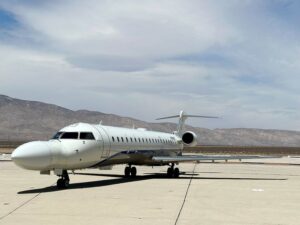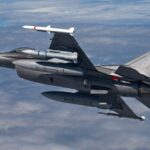
Northrop Grumman [NOC] completed a third captive flight test of an unnamed internally funded air-launched prototype missile development series last month, the company said on July 25. The test occurred at Naval Air Weapons Station China Lake, Calif., in mid-June. The company said this test “validated the capability to identify and discriminate modern, integrated air defense systems and successfully tracked the intended targets during a series of captive flight maneuvers using the company’s test aircraft.” “The system successfully identified and…

 By
By 











